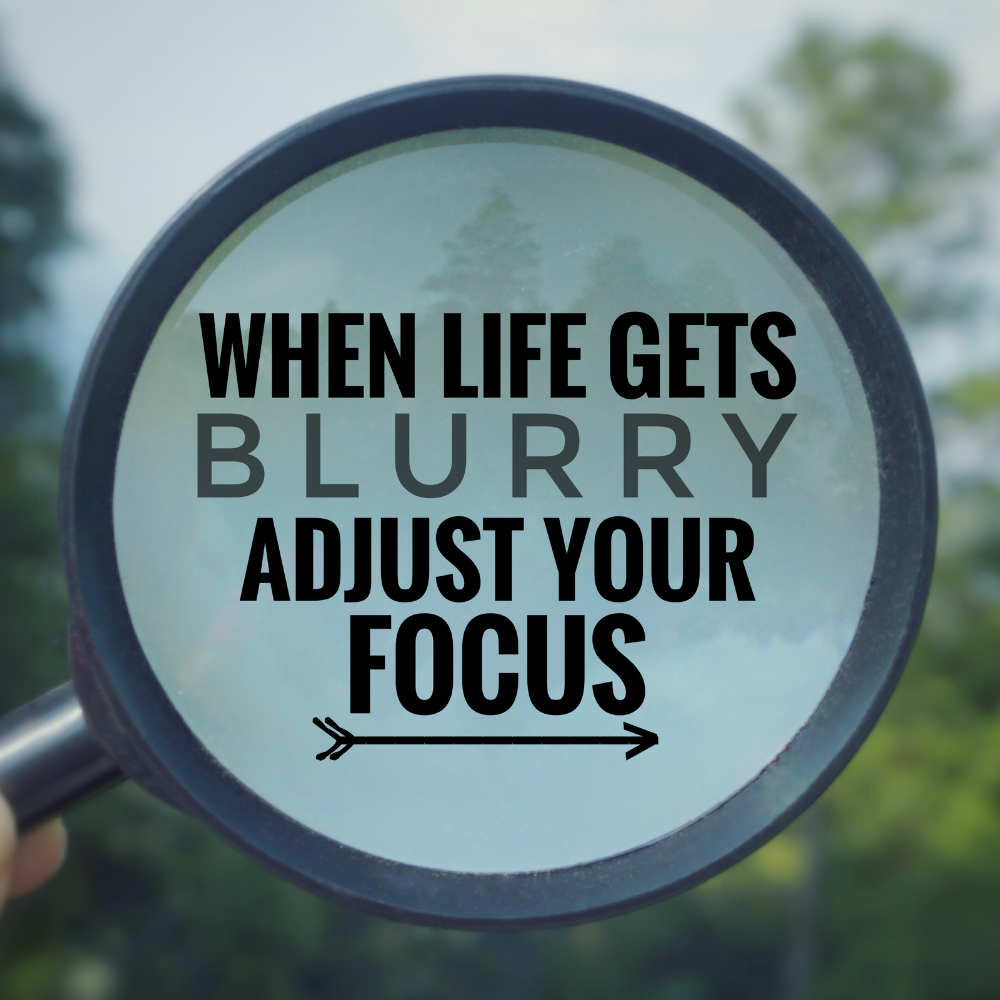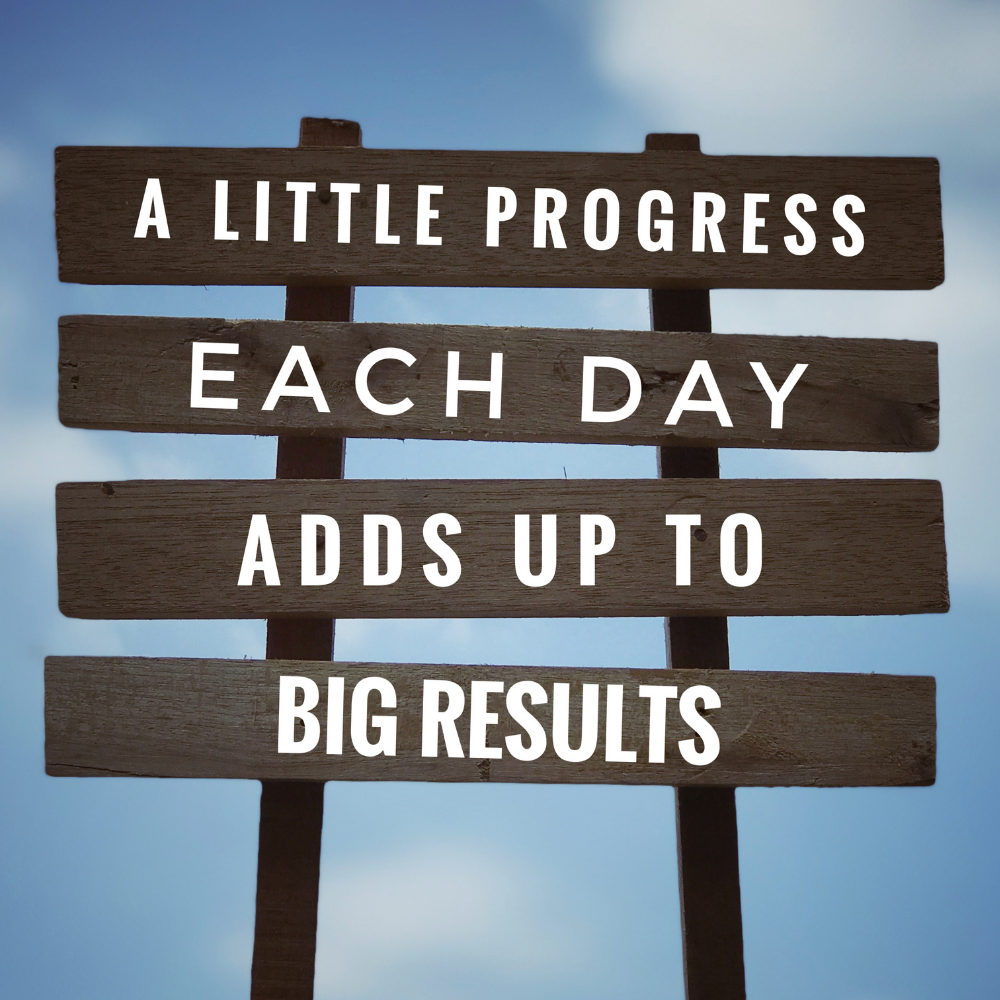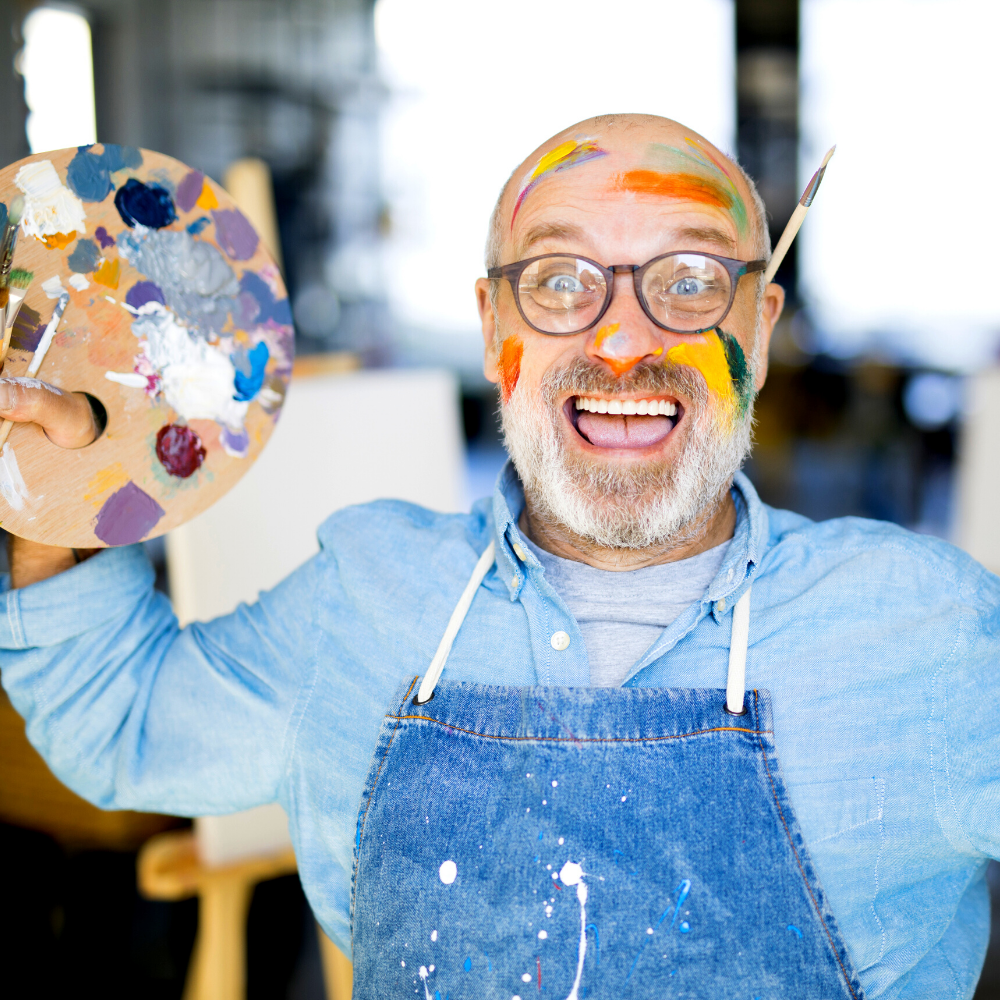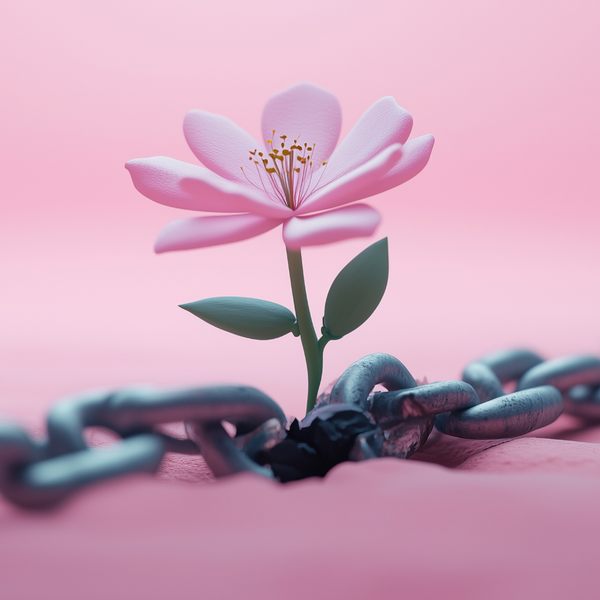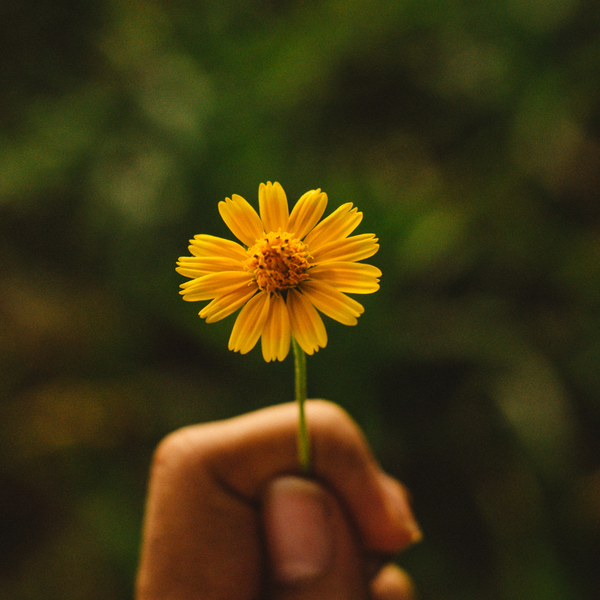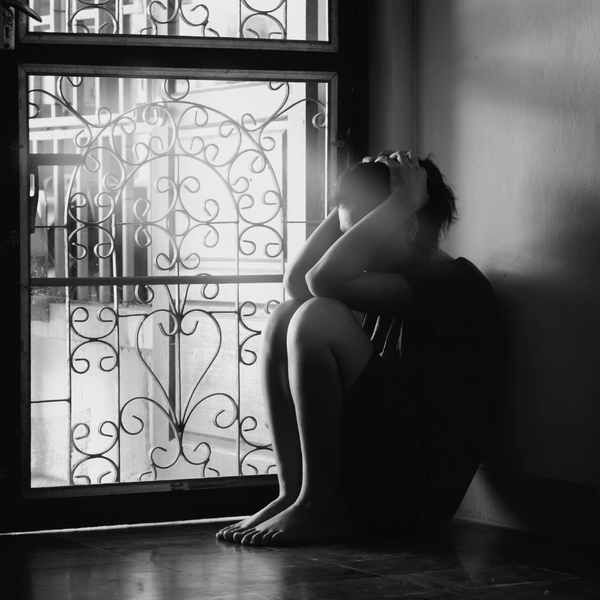Are you an artist struggling to unlock your creative spark, feeling frustrated and overwhelmed by the lack of motivation?
Has your creativity been blocked, leaving a mountain of ideas piling up inside with nowhere to be released?
If so, then you are not alone.
Many artists experience what is commonly referred to as a ‘creative slump’ – when everything from artistic inspiration to productivity seem blocked off by a vast barrier, leaving them unable to create.
At times, it can be difficult to muster any creative energy and passion when working on artistic projects.
With work deadlines looming, bills piling up, and life full of stressors and daily mundane tasks, it’s no surprise that you can often find yourself in a creative slump.
It’s natural (and even healthy!) for artists to experience periods of creative ebbs.
Thankfully, there is hope for those who find themselves stuck in this difficult situation: through dedication and hard work, creative motivation can be found again; fighting off this funk is possible with the right game plan!
In this blog post, let’s take a deep dive into the world of creative motivation and discover proven strategies that can help you bust through any creative slump.
Whether you are still in the early stages or already well-advanced on your artistic journey, these tips will act as powerful tools to get those creative juices flowing again!
Ignite your creative spirit; let’s get started and find your missing muse!

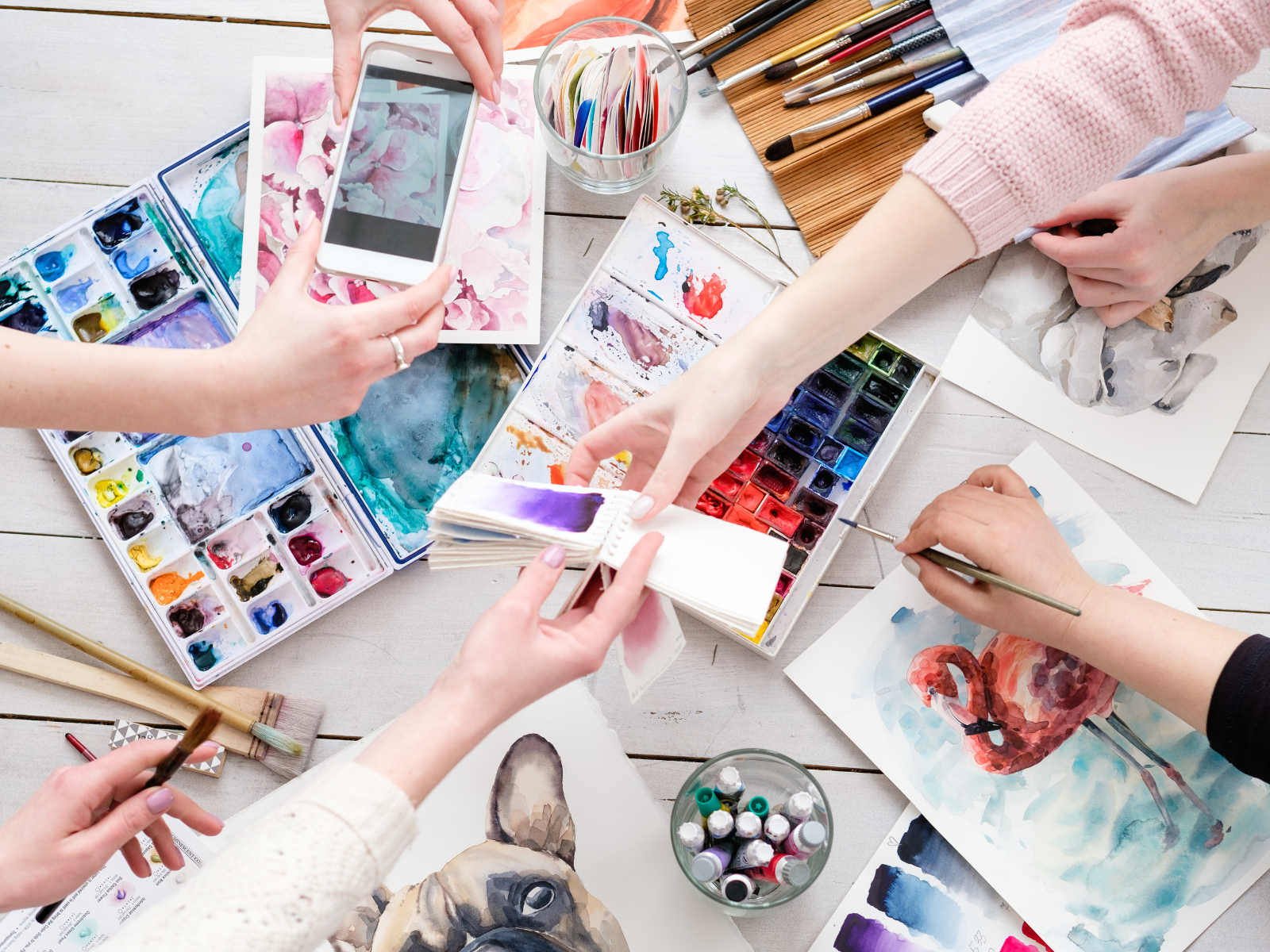

The Creative Slump: A Tale as Old as Time
Picture this: It's 2 AM.
You're staring at a blank canvas (or screen, or sheet of music).
Your coffee cup is empty, and your inspiration well has run dry.
You've got a serious case of the Creative Slumps.
It's like the mumps, but for your imagination.
Not to worry, my artsy amigo, it happens to the best of us.
The Creative Slump is a common phenomenon experienced by artists of all levels.
It happens when our creative spark has been snuffed out and we are unable to find the motivation to produce art that expresses our innermost thoughts, emotions, and desired concepts.
When this funk takes over, it's easy to feel discouraged and overwhelmed – but don’t give up!
This feeling is temporary and can be defeated.
Intrinsic motivation and extrinsic motivation can act as powerful tools to fight off the slumps and get creative juices flowing again.
Both intrinsic and extrinsic motivations can help you to bust through any creative slump; extrinsic motivation motivates us to compete, finish projects, and reach goals; it is outwardly-focused, driven by external rewards like money or fame.
An extrinsic reward makes us feel good about our accomplishments, giving us a necessary morale boost.
Meanwhile, intrinsic motivation encourages us to explore our innermost creative potential; it is inwardly-focused and driven primarily by our own internal desire for growth and self-expression.
Intrinsically motivated individuals are often more creative and productive, as they tend to be driven more by their own internal desire to create than by external rewards.
This type of motivation is the key ingredient for finding that missing creative spark – it allows us to dive into our inner selves and express our ideas in exciting new ways!
Depending on how you feel motivated primarily, you can use either intrinsic or extrinsic motivation to help you break through the slumps.
Highly creative individuals have the ability to unlock their creative potential through creative thinking, and they channel that energy into their work – no matter how difficult it may seem.
Such people have learnt to cultivate their motivation and keep their spark alive, even in the face of obstacles and challenges; they don't rely solely on extrinsic motivators and will ask such questions like "What can I do to make this project better?" or "How can I make it unique?".
These questions help us to get creative problem solving, identify opportunities for improvement, and channel our own passions into our work.
They understand that creative energy comes from within, and they tap into it as a source of inspiration.
The most important thing is to find a type of motivation that works for you for your own sake; no two people are the same, so it's important to understand what motivates you specifically and work with that!
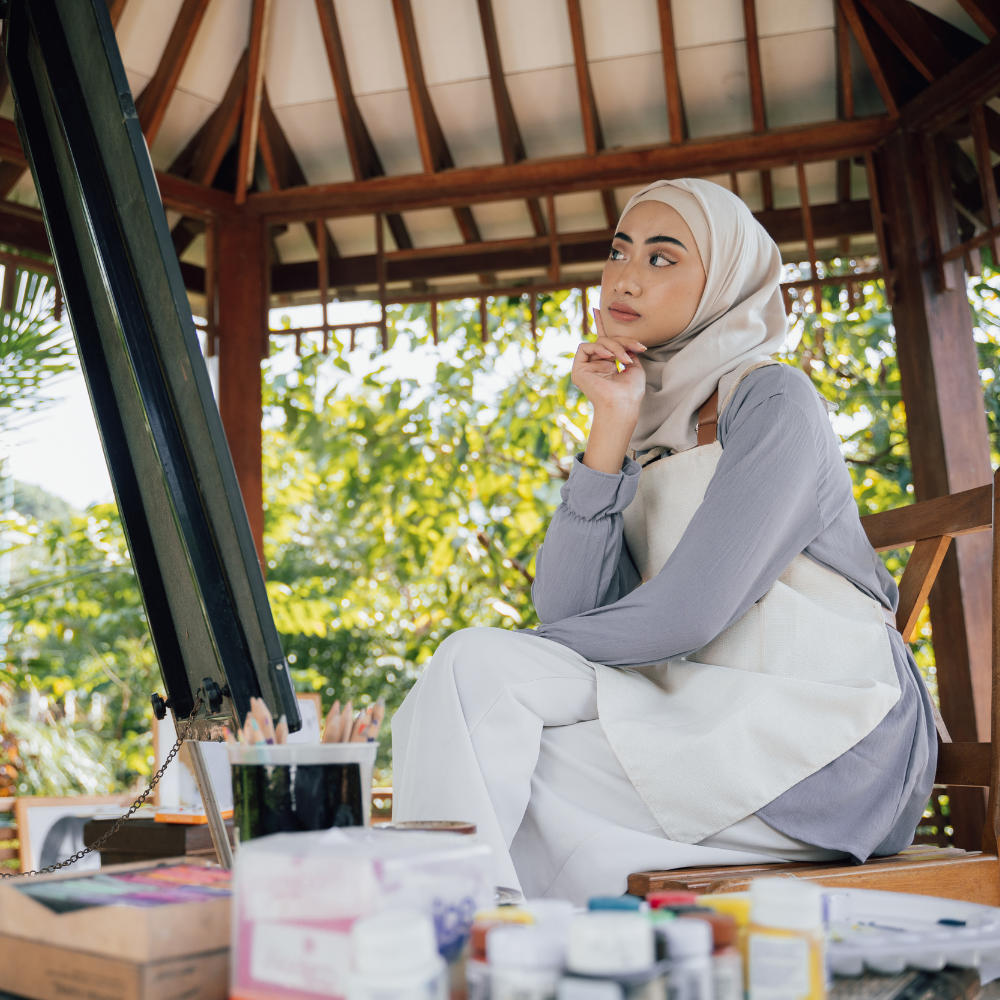
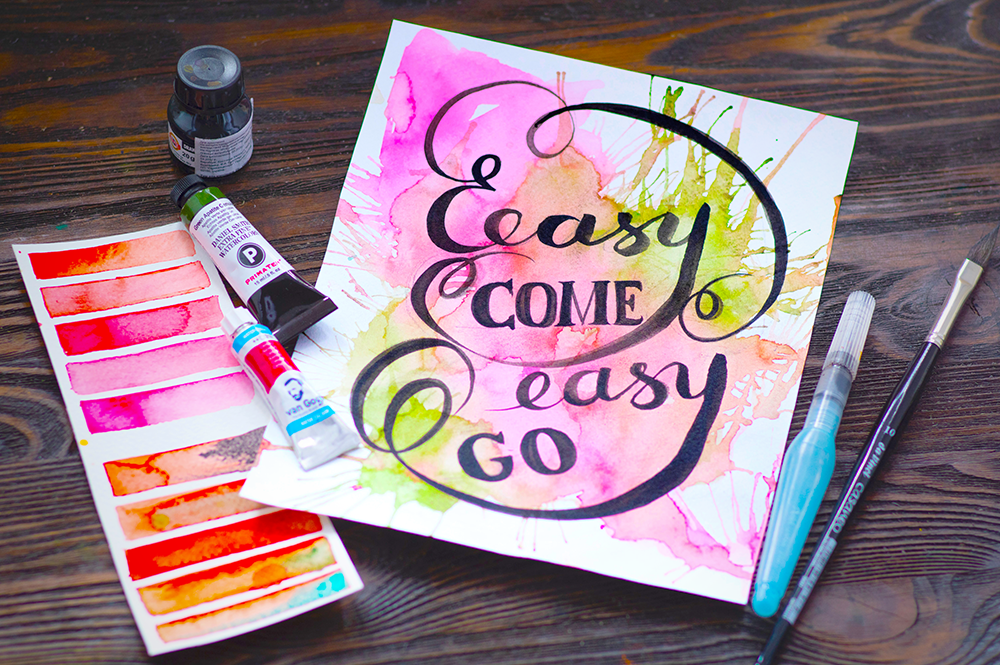
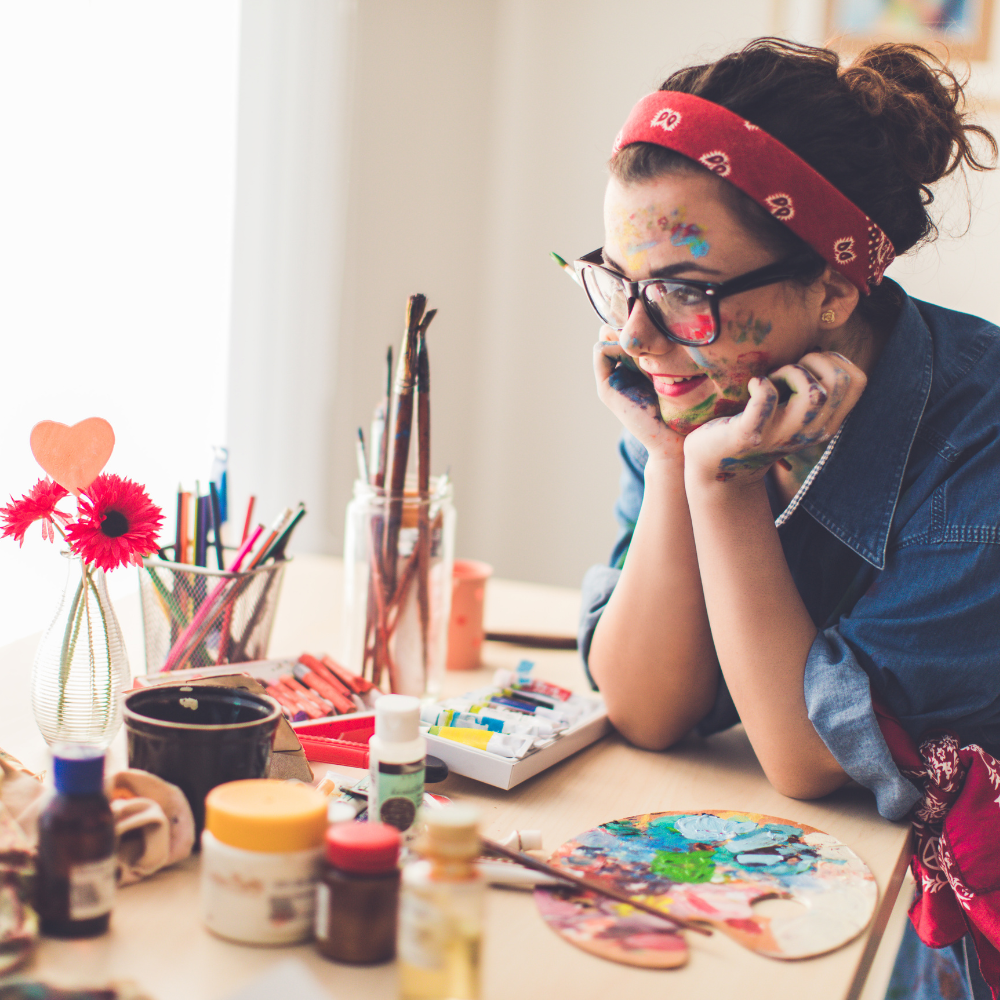
Creativity and Motivation
Creativity - it's a word that's thrown around in art studios, music halls, and writer's workshops.
But what does it really mean?
At its core, creativity is the ability to think beyond the conventional, to harness imagination and originality, and to breathe life into unique ideas.
It's not just about creating something new; it's about seeing the world in a different light and daring to explore uncharted territories.
The creative process starts with inspiration and motivation.
Motivation is the fuel that drives creativity - it pushes us to take risks, and to express ourselves through art, music, writing, or other forms of expression.
Without motivation, we can't break out of our comfort zone and explore new ideas.
Before you can start to bust your creative slump, it’s important to ask yourself why.
What are your goals? What do you want to accomplish with your art?
Having a clear “why” will help give you the necessary motivation and push needed to get out of the creative rut.
The intrinsic motivation principle is based on the idea that we have an innate need to express our creative potential and to create something unique.
It's this basic human instinct that drives us to create, and it can be a powerful motivator in times of creative blockage.
When you tap into your internal motivations, you are tapping into a source of energy that will ultimately help you reach your creative goals.
Once you have a concrete understanding of what you want to achieve, it’s time to take action.
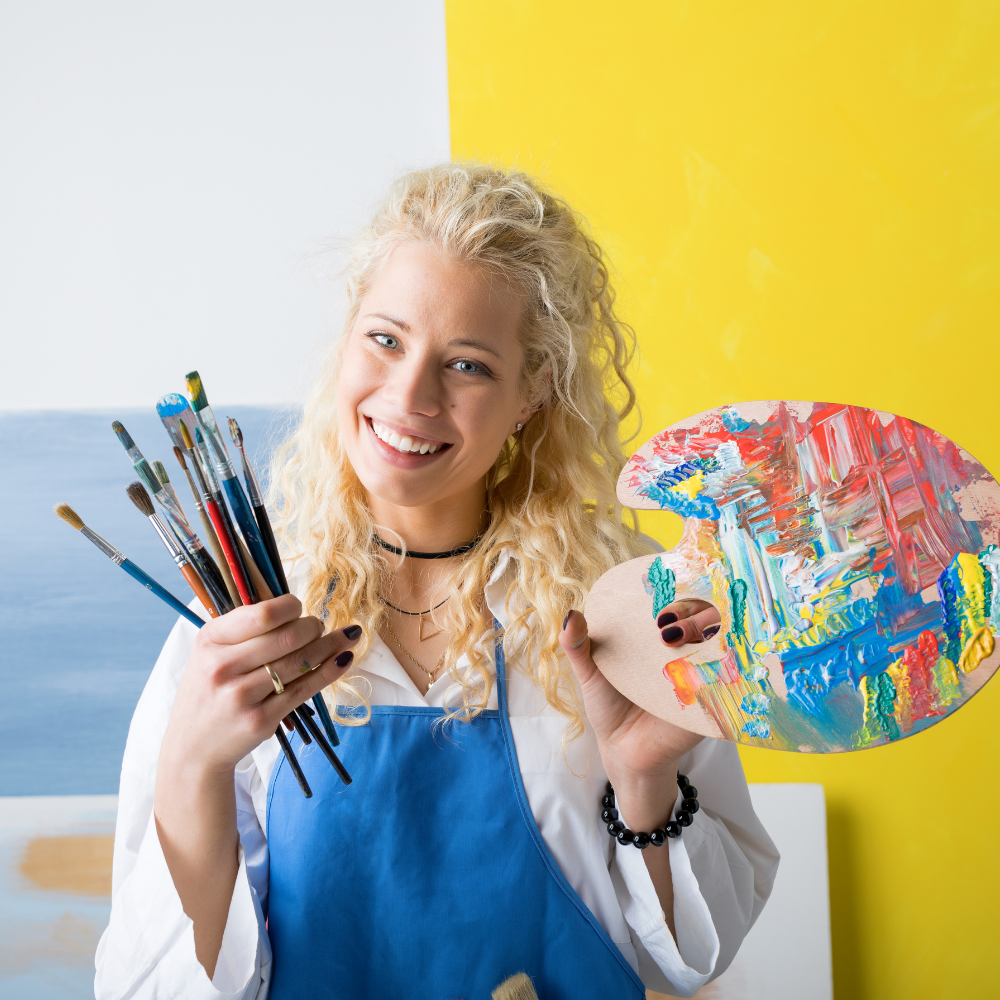


Take Action
The first step to beating the creative slump is to take action.
Start small - break down your project into smaller, manageable chunks and focus on one task at a time.
This will help you stay focused and motivated as you work towards your goal.
It’s also important to remember that taking occasional breaks can help refuel your creativity.
Take time away from your project to pause, relax, and explore new ideas.
Go for a walk, listen to music, read a book – whatever helps you find inspiration.
You can also try experimenting with different techniques and various mediums; this will help get your creative juices flowing again!
Embrace Your Fears
Fear can be a powerful motivator if harnessed correctly.
Afraid of failing? Turn it around and let it drive you to succeed.
Fearful of criticism? Use it to refine your work and grow as a creator.
Remember, every great creator has faced their fears head-on.
JK Rowling was rejected by multiple publishers before Harry Potter became a global phenomenon.
It wasn't fearlessness, but the courage to continue in spite of fear that made the difference.
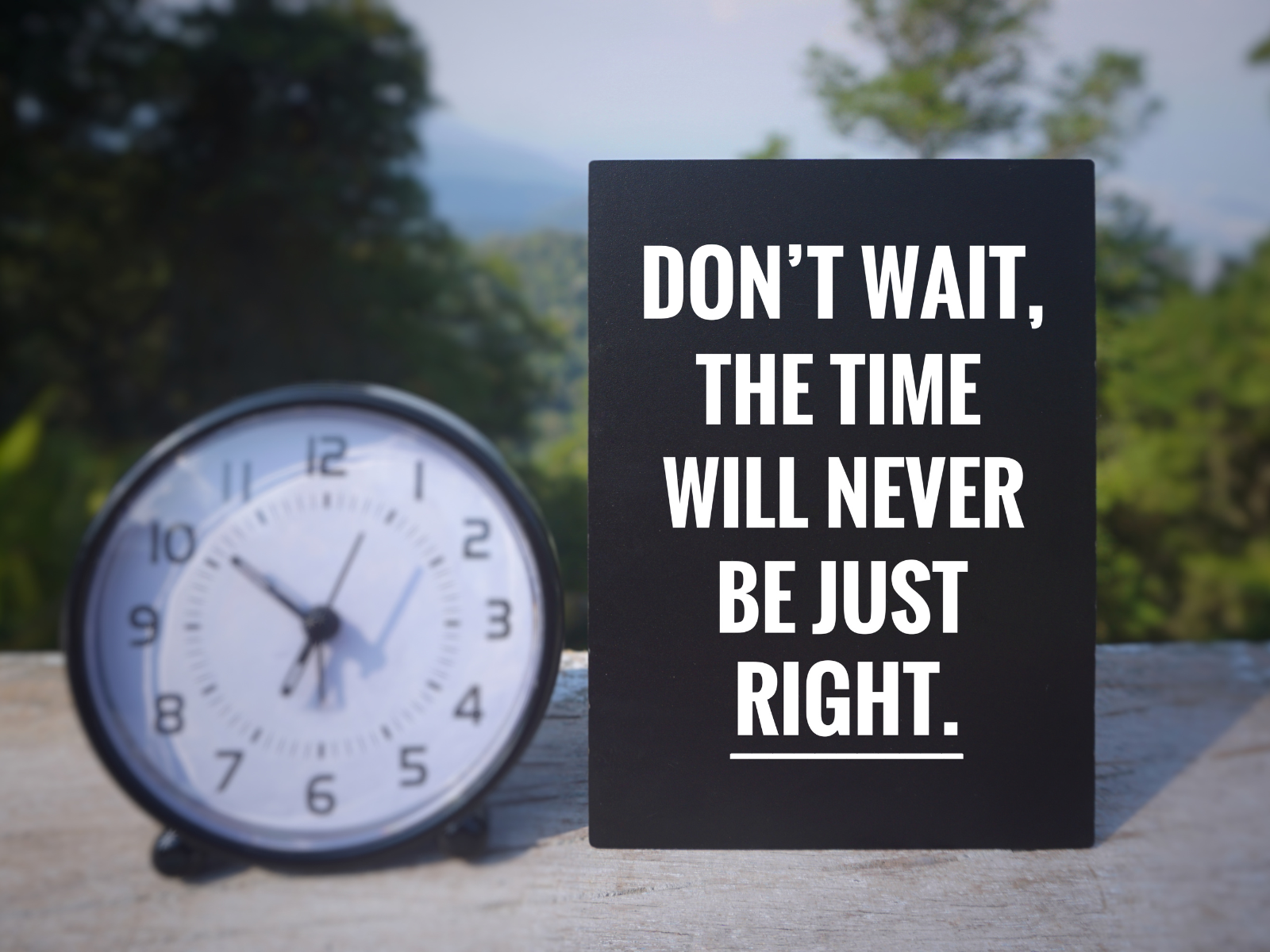
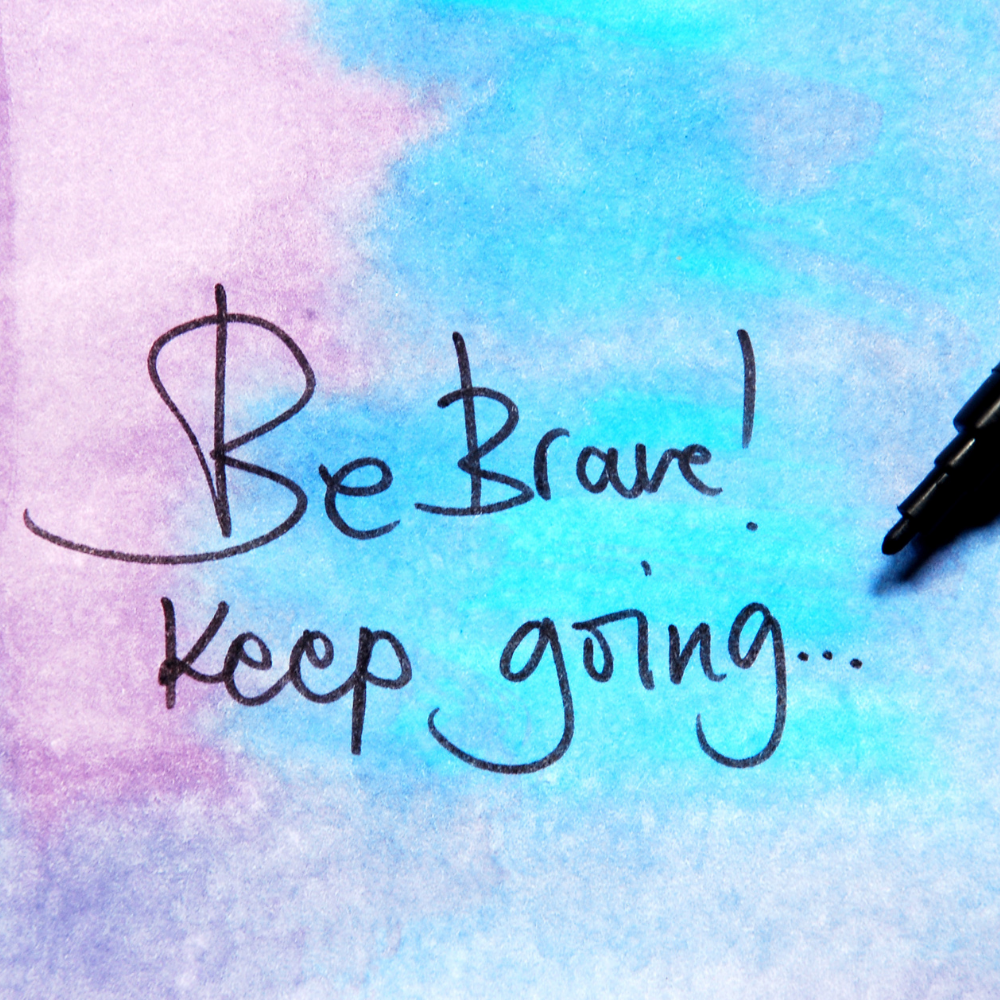

Cultivate a Creative Routine
You don't need to wait for a lightning bolt of inspiration to strike.
Sometimes, creativity is a discipline rather than a divine intervention.
Establishing a daily routine where you dedicate time to your craft can help you get into a creative flow-state more easily.
Renowned author Haruki Murakami follows a strict routine of waking up at 4 AM, writing for five to six hours, and running or swimming in the afternoon.
This discipline has led to his prolific output and success.
Creating a routine doesn’t have to be strict or rigid; it can involve simple activities such as writing for 30 minutes every day, sketching in the morning, or taking an art class.
The important thing is to find something that works and stick with it – you’ll find your creative flow will soon start to grow!
Get Out
Sometimes, we need a change of scenery to help us find our creativity again.
Getting out of your comfort zone and exploring new places can be the fresh perspective that you need to get creative ideas flowing again.
Whether it’s a local park or an exotic location, travel is often the perfect catalyst for sparking inspiration.
So, what are you waiting for?
Have fun and go explore!
Re-frame Challenges
Creativity is often born out of challenge.
When faced with difficulty, think of it as an opportunity to find a creative solution.
Rather than getting overwhelmed or discouraged, embrace the problem and look for creative ways to overcome it.
Remember that failure is part of success; learn from your mistakes and keep pushing forward!

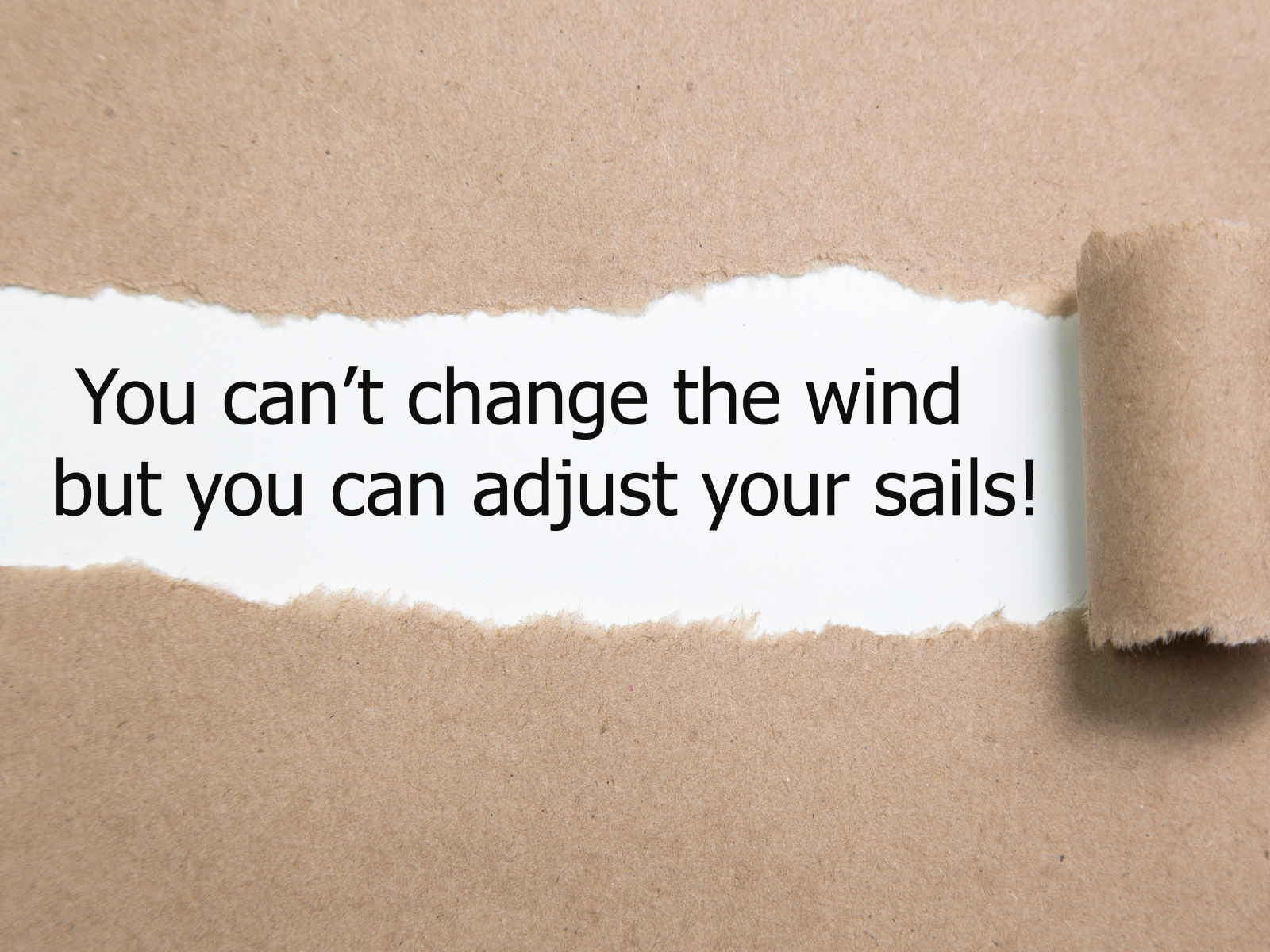
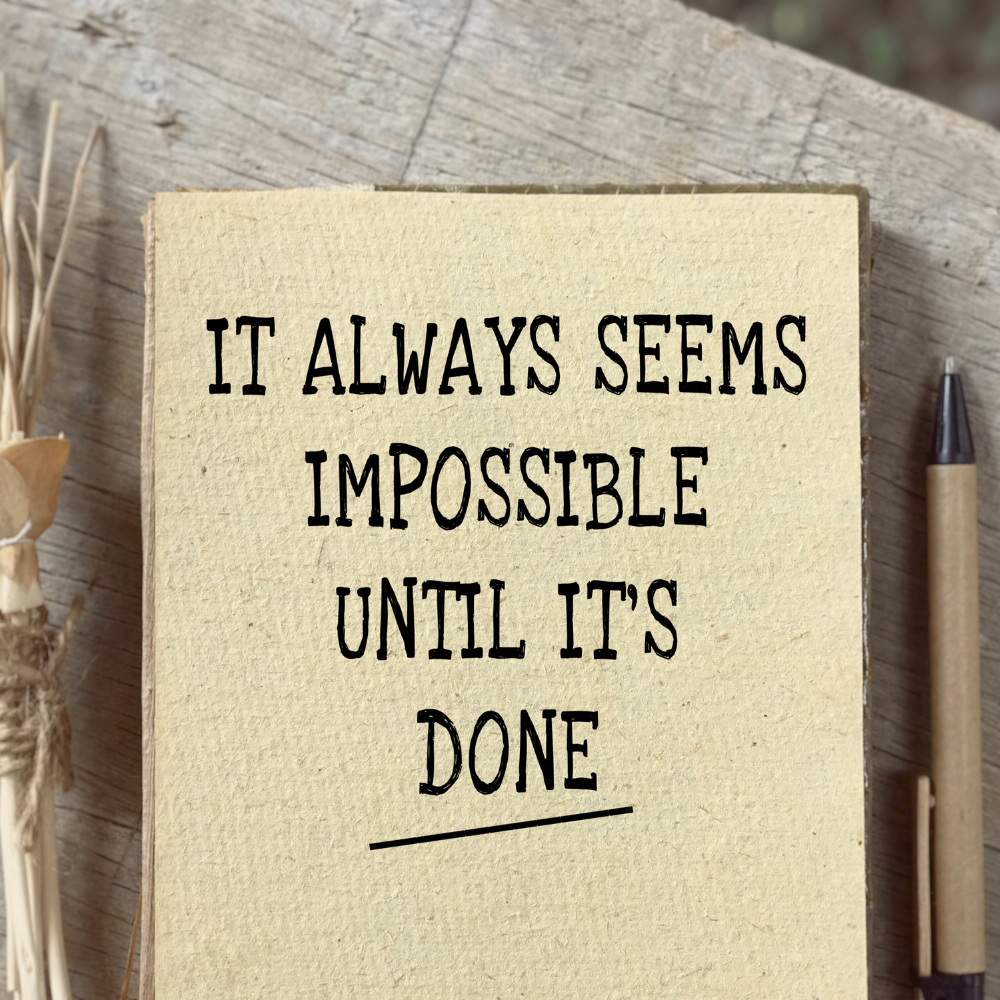
The Obstacles to Creativity
The path to creativity isn't always a smooth one.
There are roadblocks aplenty - self-doubt, fear of failure, lack of inspiration, or even just the humdrum of routine.
These obstacles can seem insurmountable, but they're not undefeatable.
Remember, the key to creativity lies within you, and sometimes, all it takes is a shift in perspective.
The creative road may be winding and unpredictable, but the journey is worth it.
By taking a deep dive into the heart of creative motivation, you can find your way back to the source of creativity – and start creating again!
Take courage; strive for success and never give up - because with enough dedication, anything is possible.
Fear
Fear is a powerful emotion that can have both positive and negative effects on creativity.
On the one hand, it can help motivate you to reach your goals and push yourself to work harder; but at the same time, fear of failure or criticism can lead to stagnation.
Fear can paralyze creators, making them too afraid to pursue their dreams.
To overcome this fear, remember that everyone makes mistakes - even great artists have failed before reaching success.
Embrace the fear and use it to challenge yourself and push your work further.
The key is to learn how to harness your fear and use it as motivation to excel in whatever creative pursuits you may have.

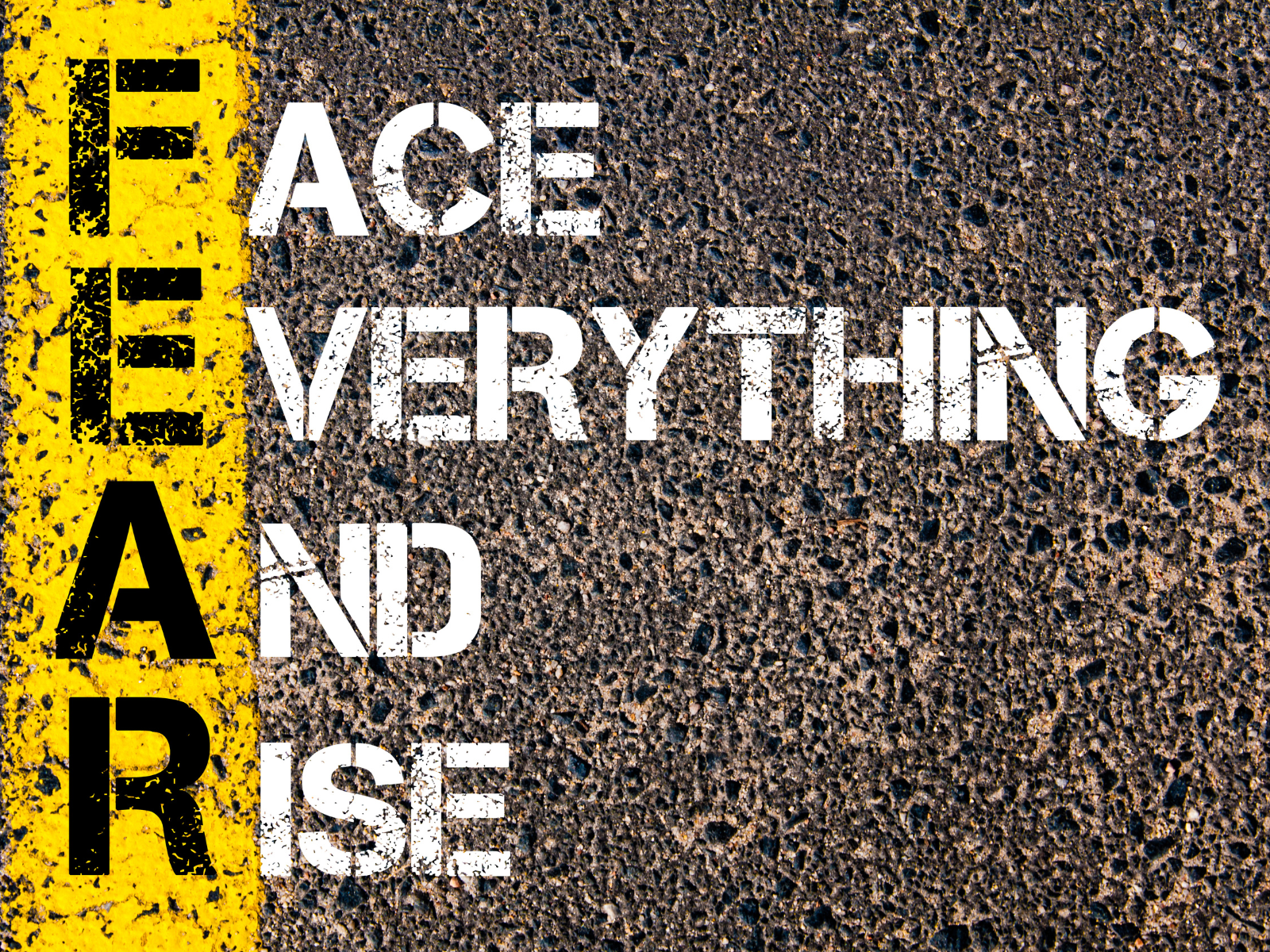

Imposter Syndrome
Imposter syndrome is another obstacle standing in the way of creativity.
This phenomenon involves feeling like you are not creative enough or don’t have what it takes to achieve great things, making you question your worth and ability.
This can lead to self-sabotage and a lack of confidence in your work.
To beat imposter syndrome, remember that you are unique; no one else has the same combination of skills and talents as you do.
Focus on your strengths and practice positive self-talk - remind yourself that you are capable and can achieve whatever you set your mind to.
Comparison
Comparison with others can be a huge obstacle in the creative process, as it leads to feelings of inadequacy and envy.
It's easy to get caught up in comparing ourselves to those more experienced than us Instead of comparing yourself to others, focus on your own work and progress.
Focus on building yourself up rather than tearing yourself down.
It's important to remember that everyone has their own unique journey - there is no one-size-fits-all solution when it comes to creativity.
Accept and celebrate the differences in each individual’s creative path!
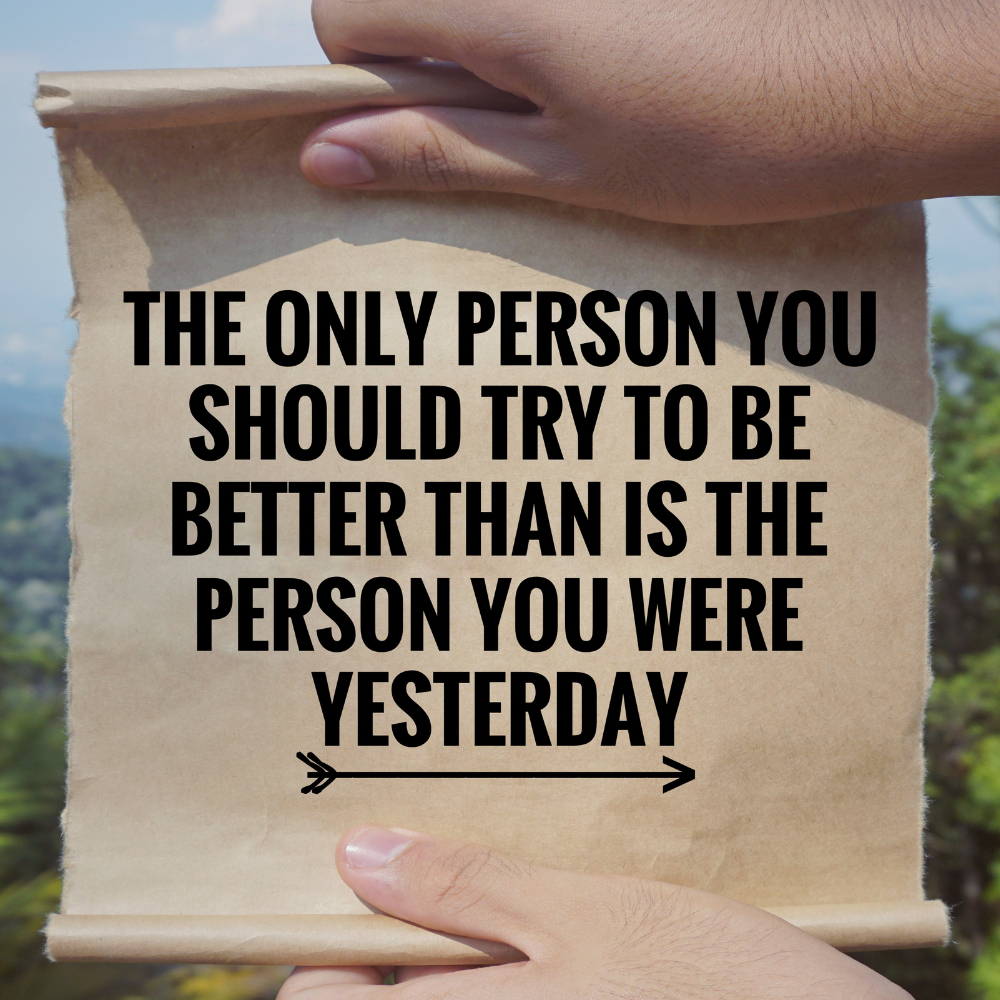
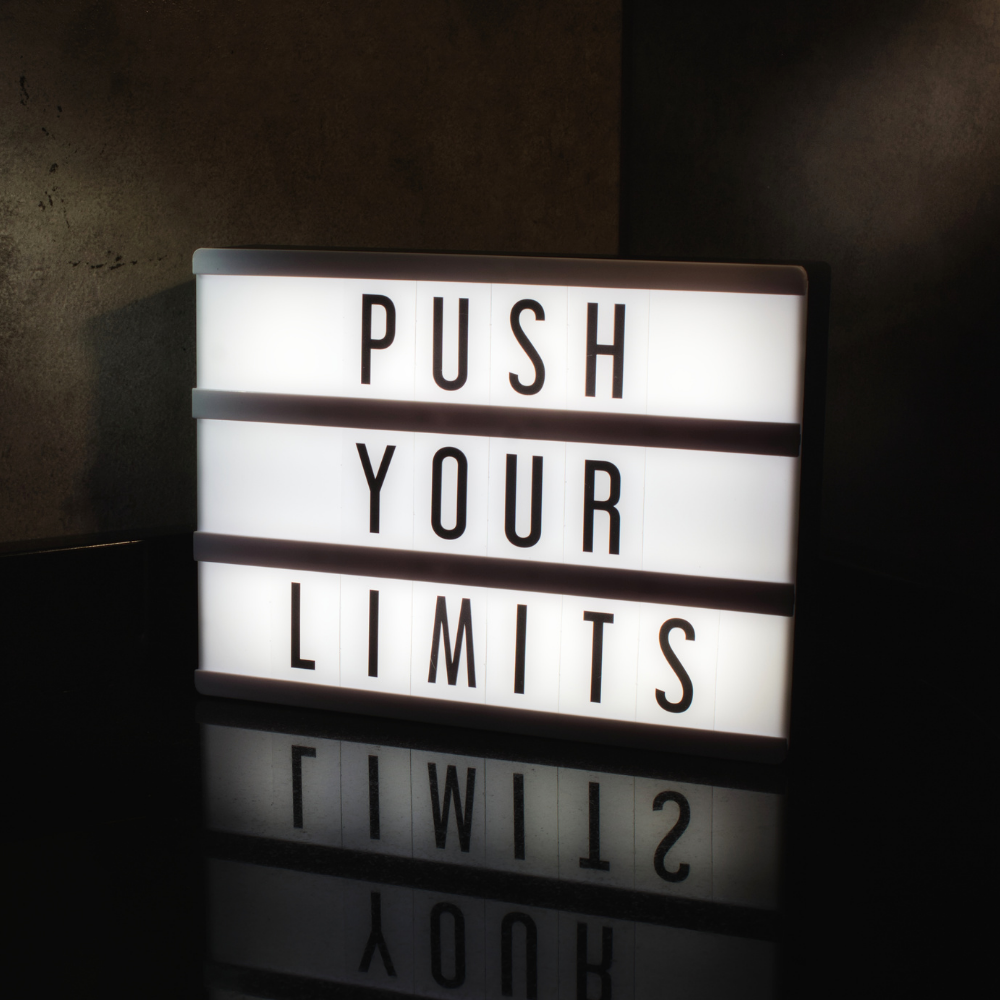
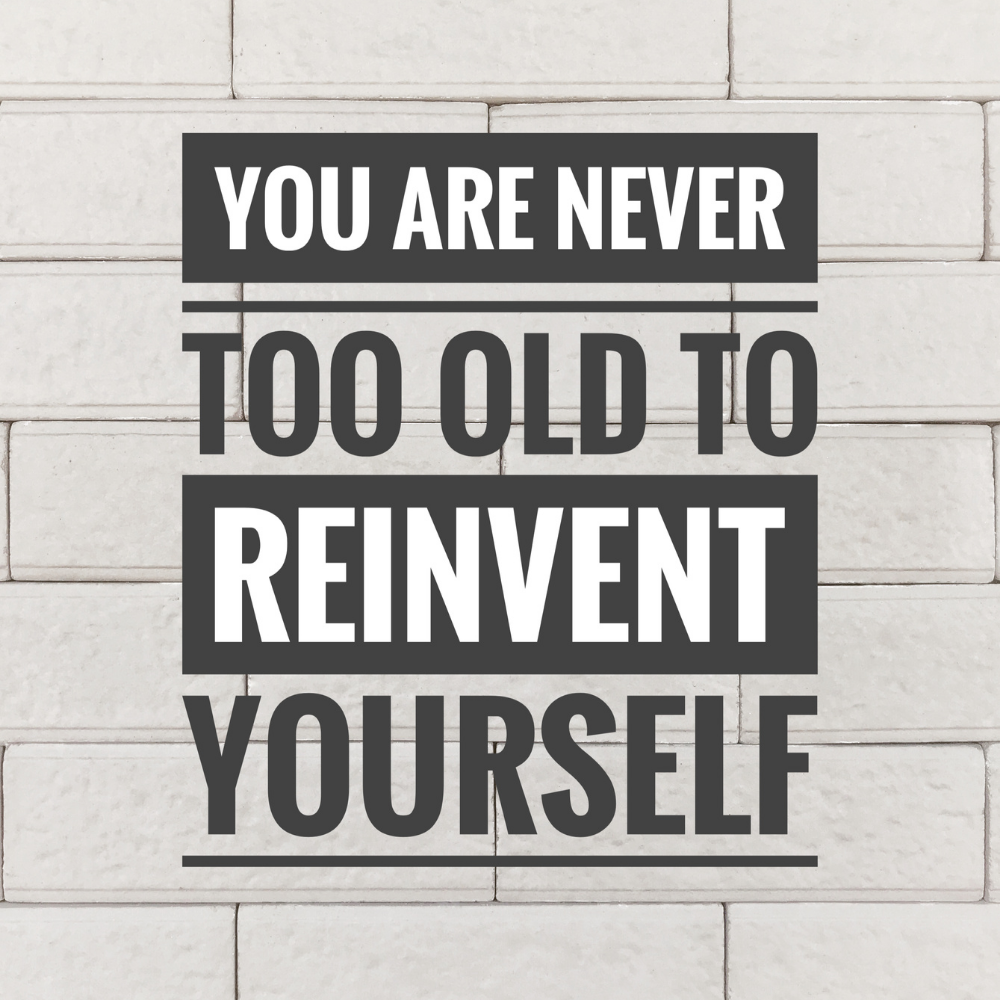
Criticism
Creative work often opens itself up to criticism from others – and sometimes, that can be difficult to take.
But it’s important to remember that constructive criticism can be a great tool for growth.
Rather than taking it personally, use the feedback you receive to help improve your work and widen your perspective.
Also remember that not all criticism is valid; listen to what people have to say but ultimately trust your own instincts about what works best.
Overwhelm
Creativity can often lead to feeling overwhelmed by the magnitude of a project or the vastness of ideas.
When this happens, step back and take a break; try to clear your head and refocus.
Break down your projects into smaller tasks and tackle one piece at a time.
Also take time to reflect on what you have already accomplished; it’s easy to get caught up in the future and forget about the successes of the past.
Lack of Inspiration
Lack of inspiration can be one of the most difficult obstacles to overcome.
When you’re stuck in a creative slump, try exploring different genres or mediums.
Visit a museum or gallery, read books, watch movies, listen to music, take a walk - anything that sparks your imagination.
You never know where inspiration will strike!
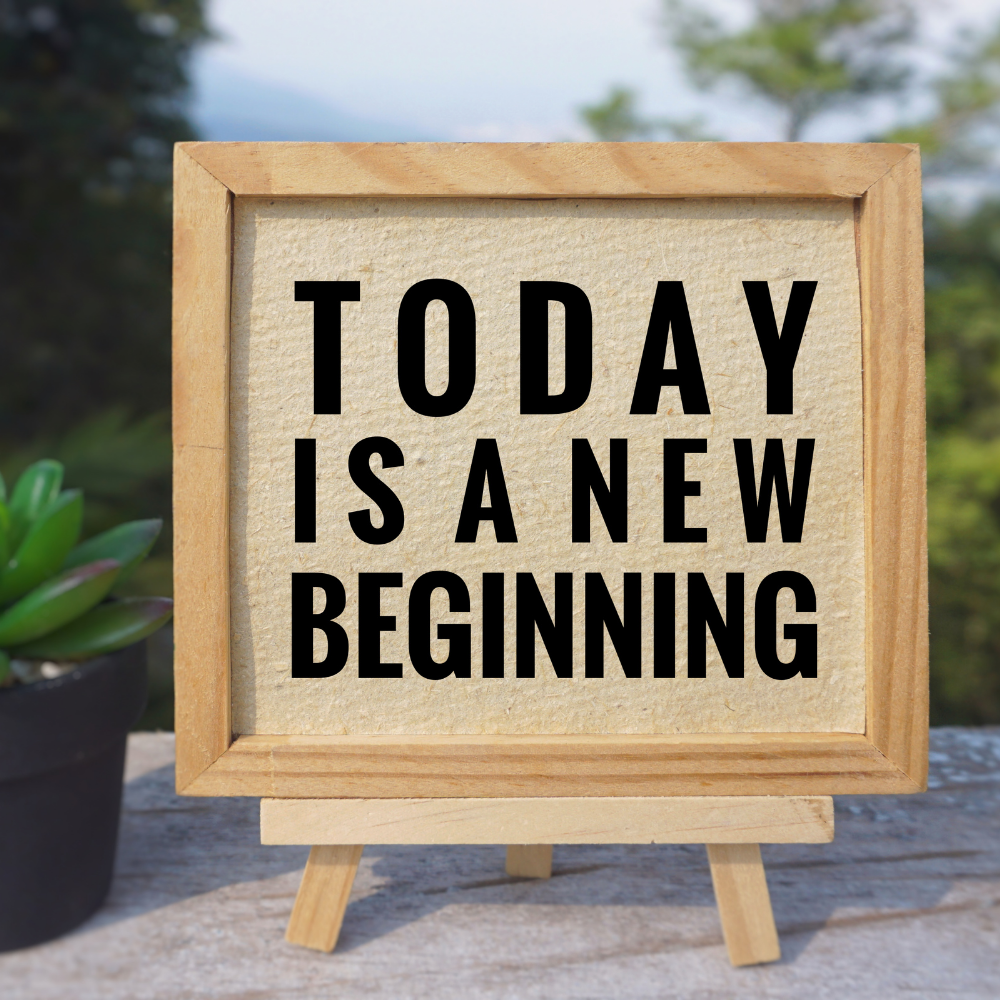


The Road to Success
Success as a creator isn't just about popularity or financial gain.
It's about personal growth, self-expression, and the joy of creating something you're proud of.
However, achieving this success requires more than just talent.
Ingredient 1: Persistence
Successful creators aren't just talented; they're tenacious.
They understand that failure isn't a full stop but a stepping stone towards improvement.
When Thomas Edison was asked about his numerous failed attempts to invent the light bulb, he famously said, "I have not failed. I've just found 10,000 ways that won't work."
Persistence in the face of failure is a key ingredient for success; don't give up, even when the odds seem impossible.
Ingredient 2: Experimentation
Creativity thrives on novelty.
Don't be afraid to step outside your comfort zone and try something new.
Experiment with different creative styles, mediums, or genres.
Salvador Dali didn't limit himself to surrealism; he explored everything from film to sculpture, each venture enriching his overall body of work

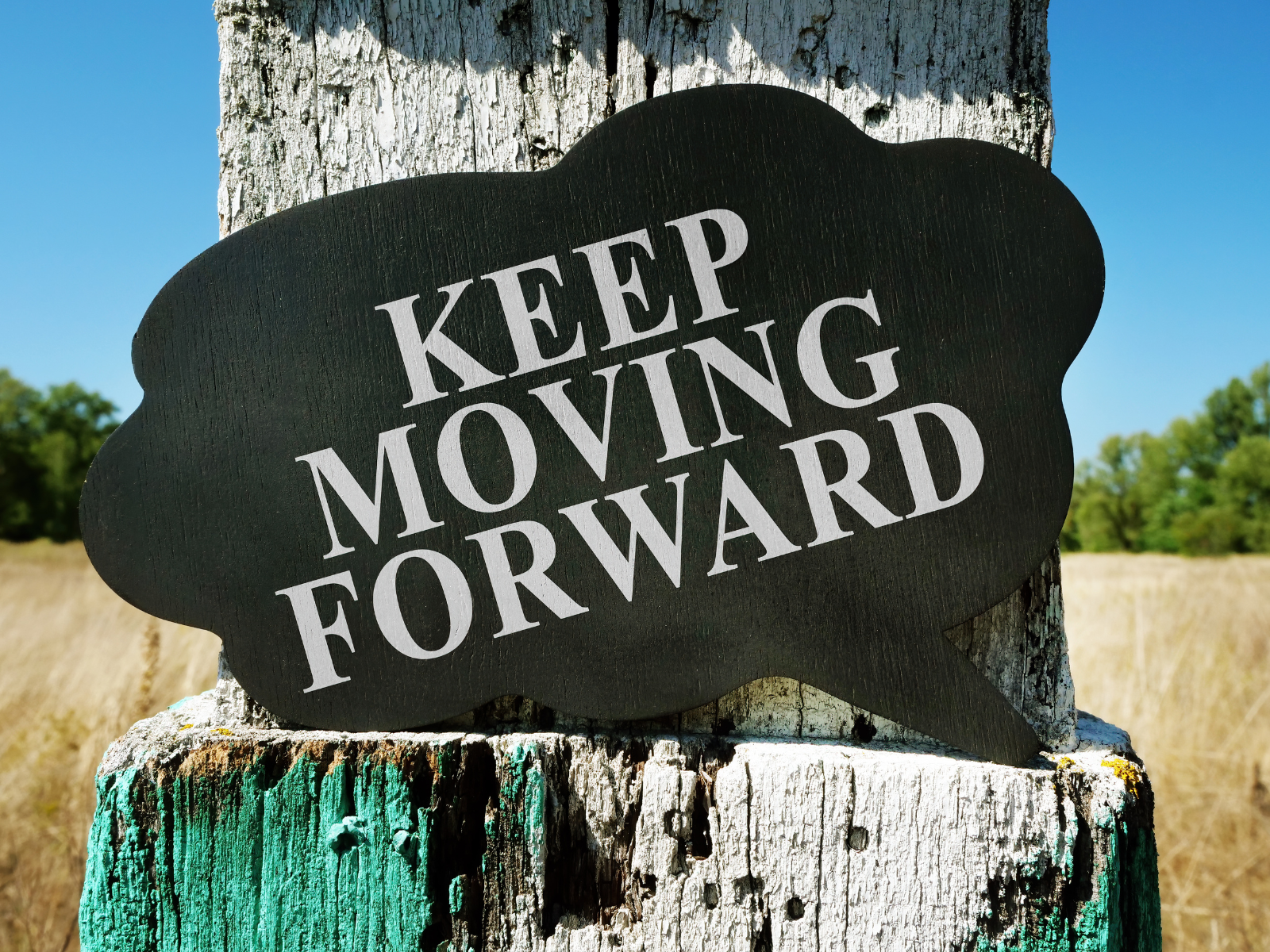

Ingredient 3: Passion
At the heart of creativity is passion.
No matter how talented or hardworking you are, without passion, your work will lack its spark.
Find something that excites and motivates you – it's the fuel for your creative fire!
When looking for inspiration, remember to look at what drives you, notat what others are doing.
Your passion will be the guiding light that leads you to success.
Ingredient 4: Dedication
Creative success doesn't happen overnight; it takes time and dedication to reach your creative goals.
Understand that there will be setbacks and failures, but don’t let them discourage you.
Keep working and striving towards your goals, and you’ll find that success will follow.
Ingredient 5: Embrace the Process
Creative work is a journey – not a race or competition.
Successful creators understand that it's not about the destination but the journey itself, making sense of the chaos and mistakes to find creative solutions.
Embrace the process, and don’t lose sight of the bigger picture – you never know what unexpected discoveries lie in store!
Savor each step because in the end, it's not about the outcome or recognition, but about the joy of creation.

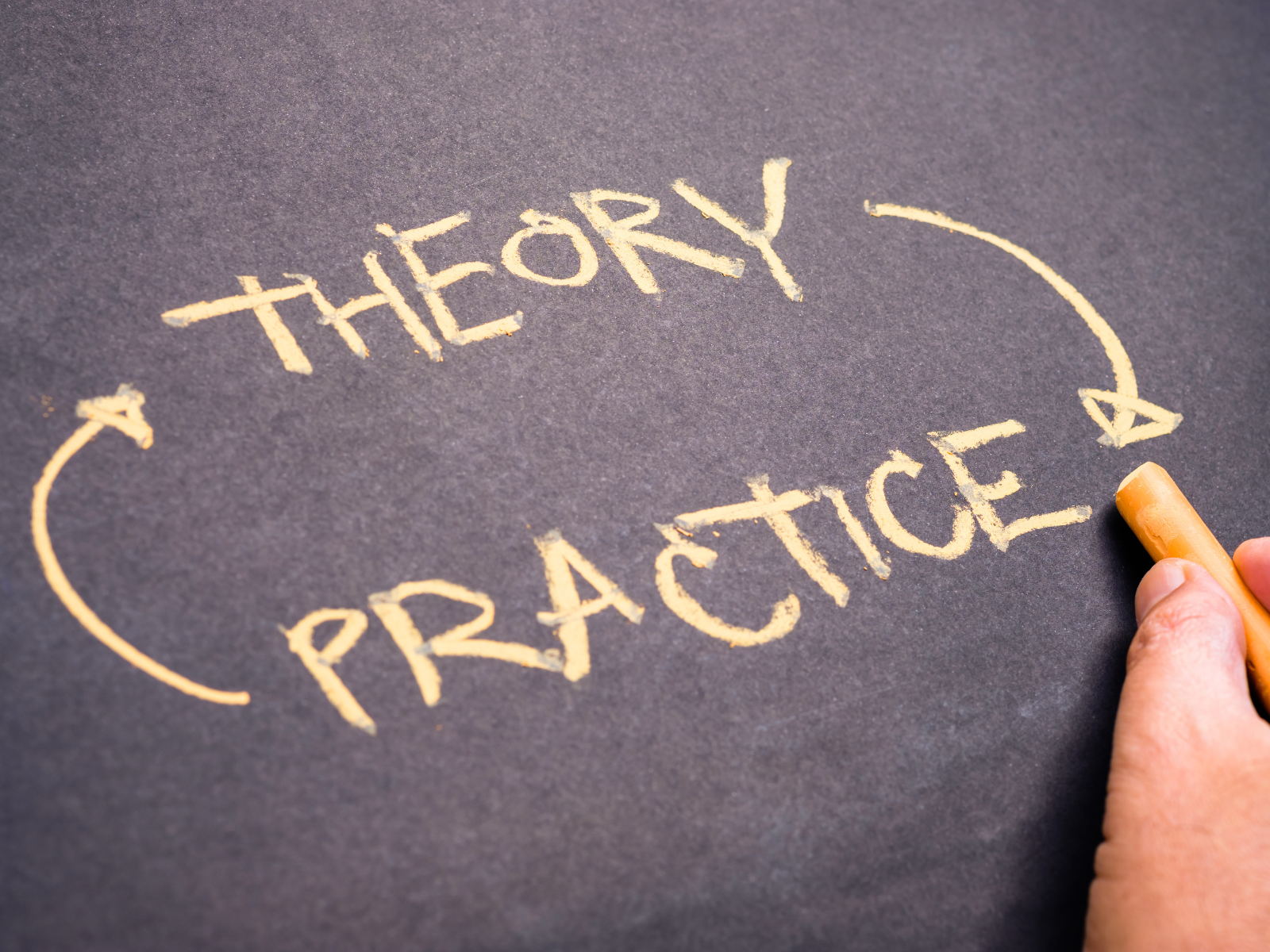

Ways to Kick-start your Creative Motivation
Do you ever feel like your creative juices have run dry?
As an artist, it's natural to experience a lack of inspiration and struggle with creative motivation.
However, you don't have to settle for mediocrity!
Whether you're working with a team of creative employees, wanting to get your artwork to reach a global audience, or just looking for ways to stay inspired, you can find the motivation you need!
Let's explore ways to kick-start your creative motivation and get those creative juices flowing again!
- Explore Your Surroundings: Go for a walk outside, visit a local museum, or attend a concert. Nature and art can spark your imagination and give you a fresh perspective.
- Set Realistic Goals: Plan your creative journey by setting realistic goals and deadlines. Identify what motivates you and prioritize it.
- Take Breaks: Don't feel guilty for taking a break. Give your mind a break and recharge your mental batteries.
- Work in a Different Environment: Changing your surroundings can give you a new perspective. Try working in a park, coffee shop, or different room in your home.
- Collaborate: Join forces with other artists and create together! Collaboration can challenge you and provide new insights.
- Try Something New: Pick up a new art form or try a new medium. Challenge yourself in an area that is outside of your comfort zone.
- Exercise: Exercise can reduce stress and clear your mind, allowing you to think creatively.
- Draw Inspiration from Quotes: Find a quote that resonates with you and start creating. Simple words can offer profound inspiration.
- Give Yourself Time: Don't rush the creative process. Allow yourself the time and space to develop ideas.
- Turn off Tech: Turn off your devices and take a break from the constant digital world we live in. Rediscover the slow an steady appreciation for the art of creating.
- Keep a Sketchbook or Art Journal: Carry a notebook with you to jot down ideas and sketch out concepts. Inspiration can strike when you least expect it.
- Travel: Experience new cultures and surroundings, living outside of your comfort zone can ignite new ideas.
- Attend a Creative Workshop: Surround yourself with other creative people and learn something new.
- Look for Patterns: Seek patterns and common themes in your work. Identifying patterns can help streamline your creative process.
- Reflect: Take time to examine past creations and the journey of what led you there. Reviewing your journey can inspire new growth, and more creativity.
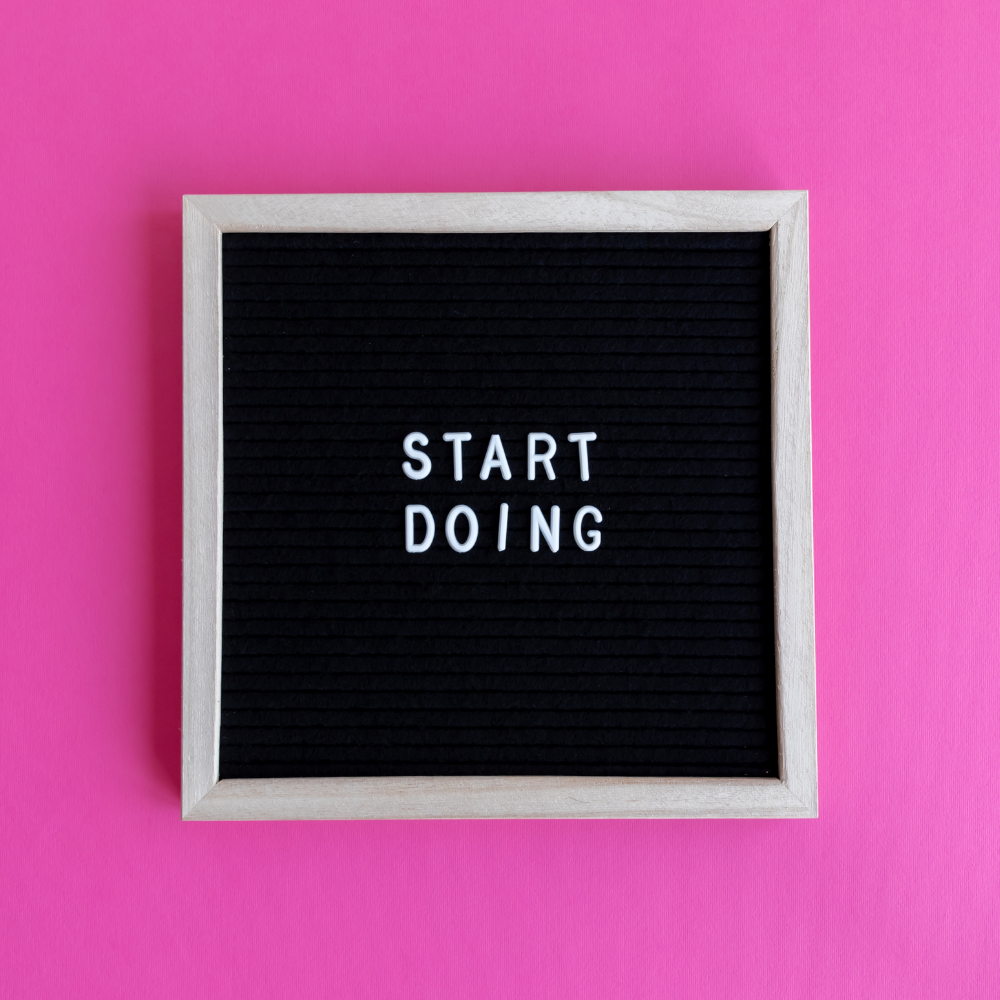
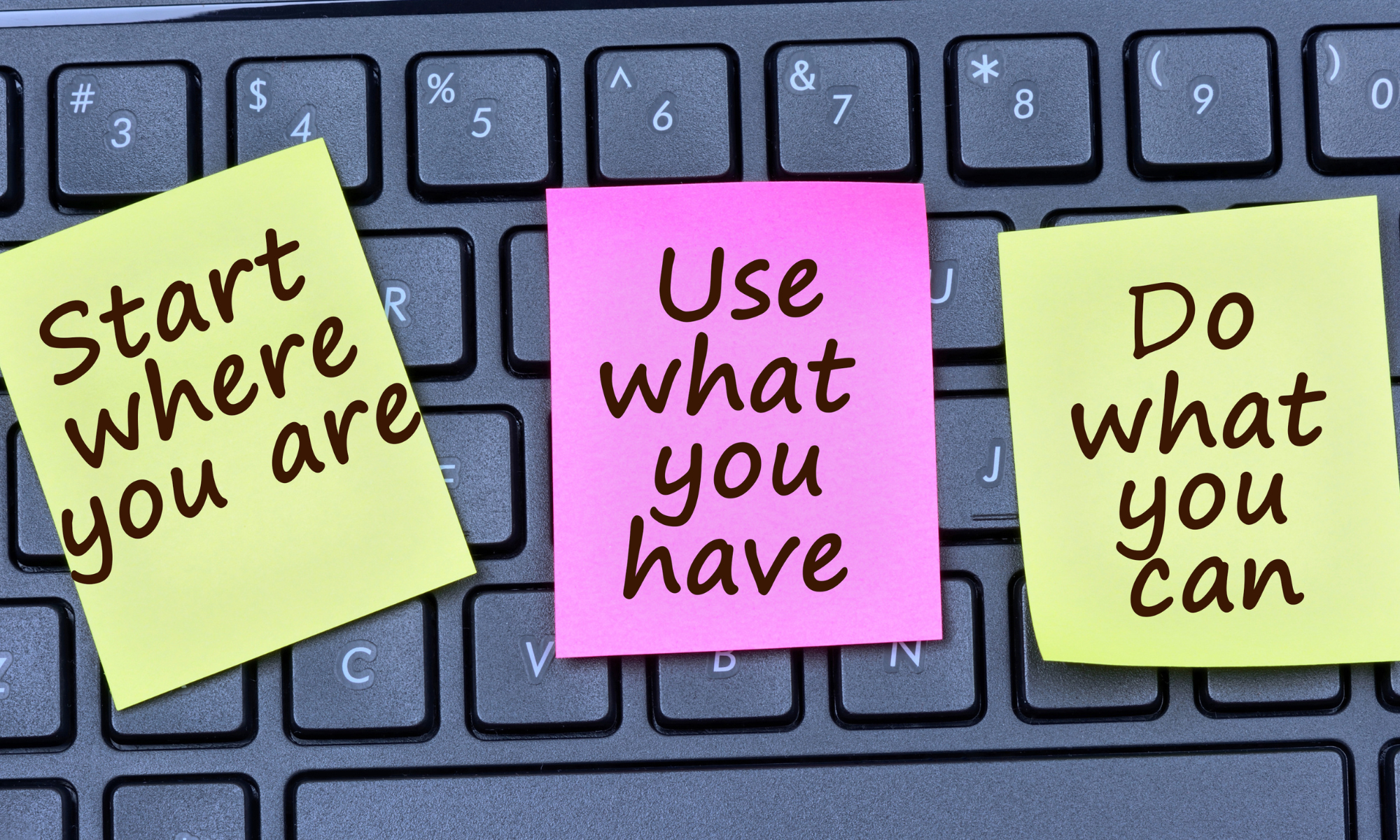

The Creative Journey: Be Your Own Cheerleader
Artists can experience a creative block from time to time, but there is no need to worry.
Being a creator is a journey, one filled with twists, turns, peaks, and valleys.
But remember, it's not just about the destination, but the journey itself.
At the end of the day, creative motivation comes from within.
So, be kind to yourself.
Celebrate your successes, learn from your failures, and remember that every masterpiece started with a single stroke (or note, or word).
Whether you're a writer wrestling with words, a painter playing with palettes, or a musician making melodies, keep creating, keep exploring, and most importantly, keep believing in the power of your creativity.
Remember, creativity is unique, and there is no right or wrong way to approach it; find what works best for you and start creating today!
The next time you feel like your creativity has run dry, don't be discouraged - just take a deep breath and keep going.
In the end, it’s all up to you to be your own cheerleader and believe that anything is possible with enough dedication and passion.
So, get in touch with your inner muse, keep creating, and never give up on your dreams!


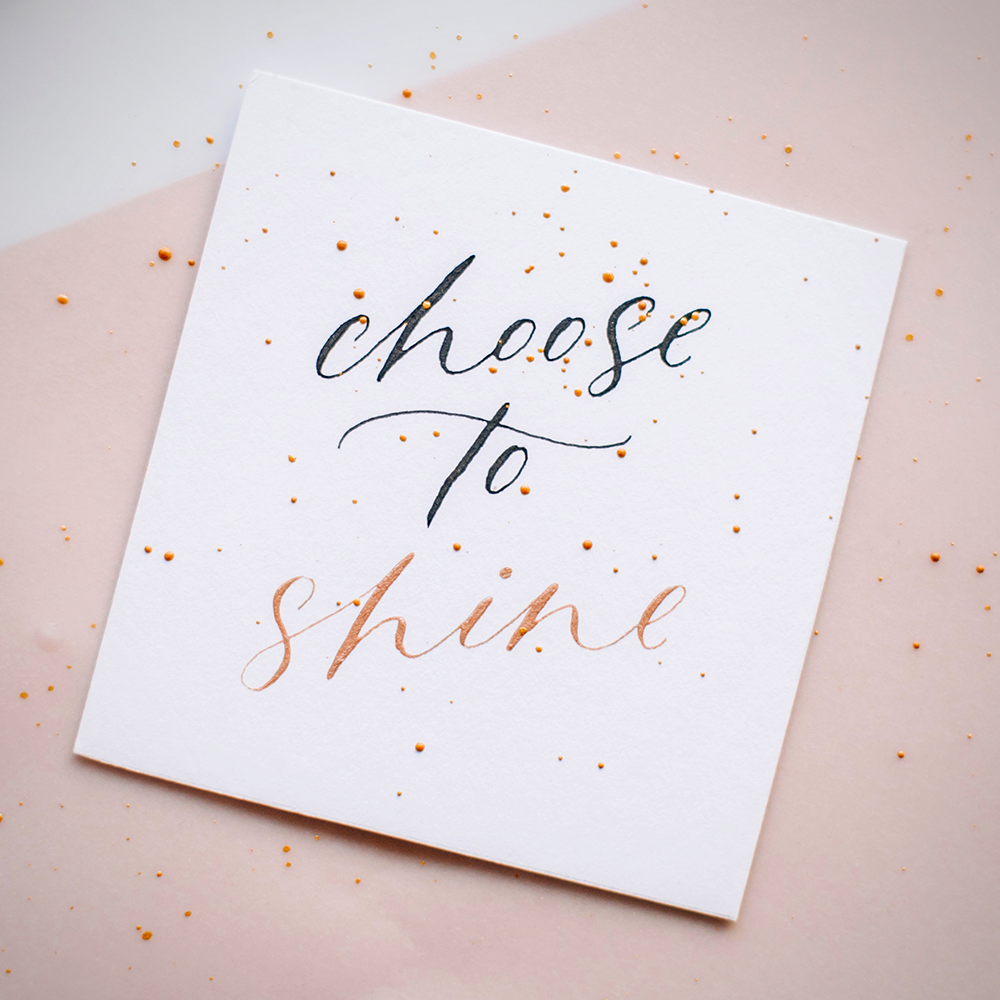
Eager to learn more about creative motivation? Check out Creative Minds' video!
Want even more content about creativity and art?
Be sure to check out all of our creative chronicles!
Ready to explore your creativity?
Check out some of our other articles:
-Unleashing creative potential
-Nourishing your creative soul
